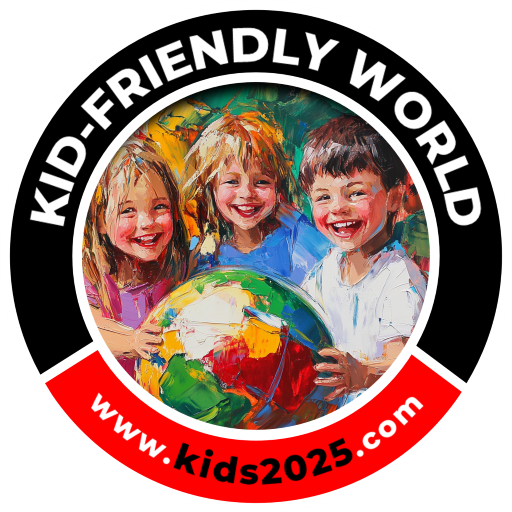Community, Economic, and Health Benefits of Kid-Friendly Design
Shared Benefits Across Ages
Designing for children creates environments that serve everyone. Kid-friendly features—such as benches, shade, clean restrooms, and intuitive signage—also benefit older adults, people with disabilities, and caregivers. A splash pad or play plaza can double as a community hub; a stroller-accessible sidewalk helps everyone move safely. These inclusive features increase comfort and participation across demographics.
Economic Impact
Child-centered spaces and services attract families, residents, and travelers.
- In neighborhoods: Higher quality-of-life features raise property values and support small businesses.
- In tourism: Families travel longer, spend more across services, and return to destinations that cater to children’s needs.
- In hospitality: Hotels and attractions that prioritize children earn higher ratings and family loyalty.
Kid-friendly amenities are a competitive advantage. They enhance dwell time, satisfaction, and spending—while helping destinations and businesses stand out in crowded markets.
Public Health and Wellbeing
Active play areas, green space access, and walkable communities promote physical health for children and adults.
- Safe, accessible environments reduce stress, injury, and isolation.
- Emotional wellbeing is improved through spaces that support calm, flexibility, and sensory regulation.
- Parents and caregivers benefit from reduced caregiving burdens and greater opportunities for social connection.
When designed thoughtfully, public places, events, and accommodations can improve both mental and physical health—especially for families with young children or special needs.
Social Connection and Belonging
Kid-friendly spaces strengthen civic bonds and social cohesion.
- Parks, festivals, libraries, and museums create low-barrier opportunities for intergenerational interaction.
- Children’s presence supports empathy, playfulness, and mutual care in public life.
- Involving families in the design and improvement of spaces reinforces inclusion and builds trust in local institutions.
Kid-centered design supports livable, equitable, and future-focused communities where everyone feels welcome.
Summary Points
- Kid-friendly design improves safety, inclusion, and livability for people of all ages.
- It stimulates economic vitality by attracting families, boosting tourism, and supporting local business.
- Public health outcomes improve through physical activity, emotional regulation, and community care.
- Stronger civic connection and belonging result from shared, accessible, and welcoming spaces.
Discussion Questions
- How does designing for children influence how other community members experience a space?
- What kinds of economic benefits can kid-friendly tourism bring to small towns or rural areas?
- In what ways can businesses and public agencies track the public health impact of their child-centered design?

